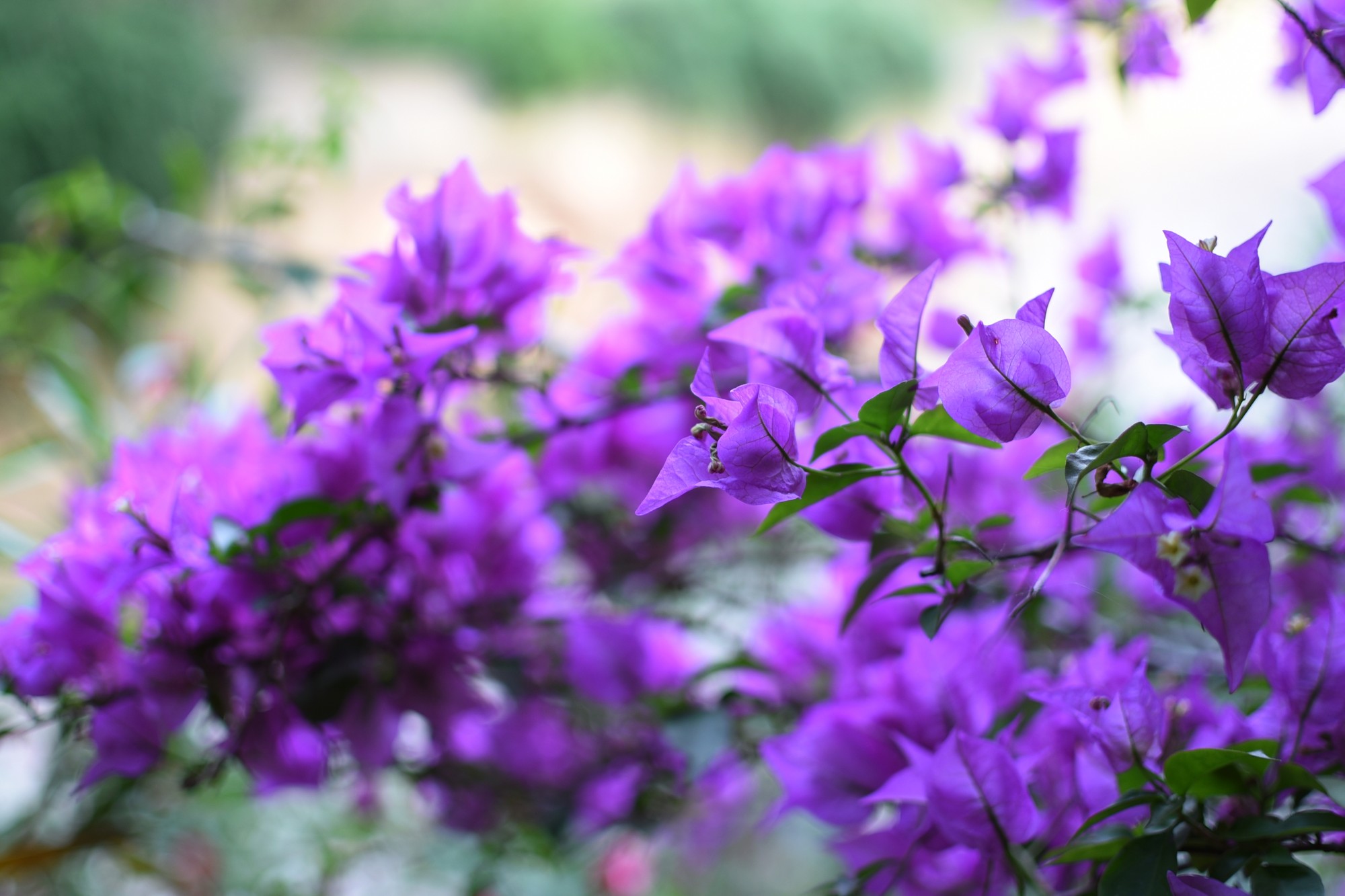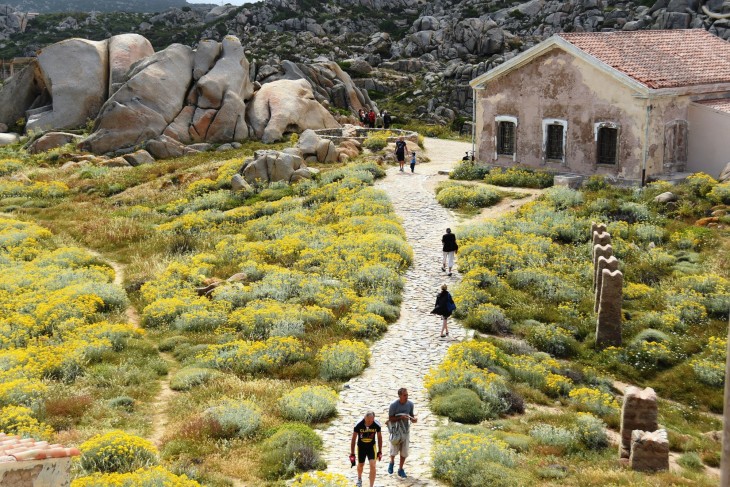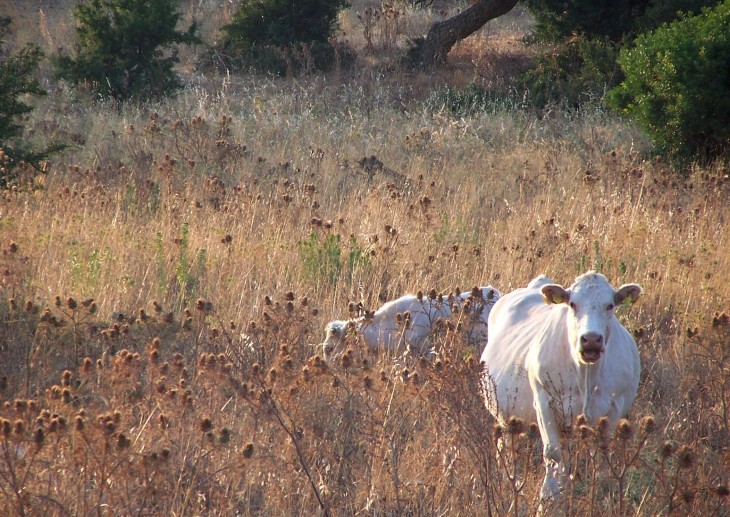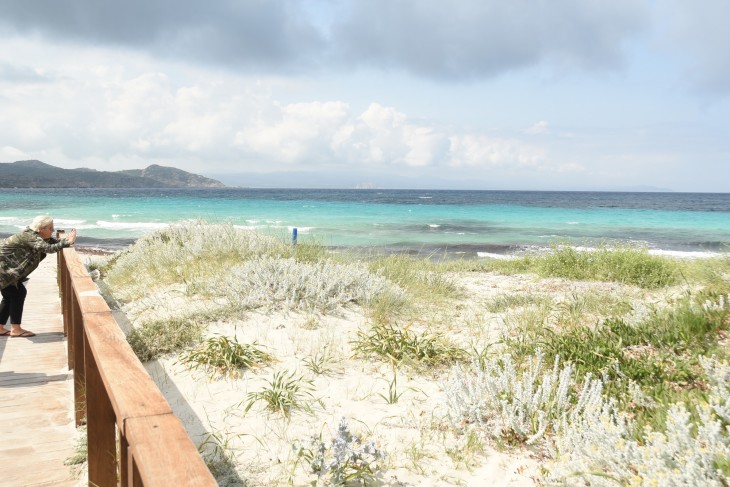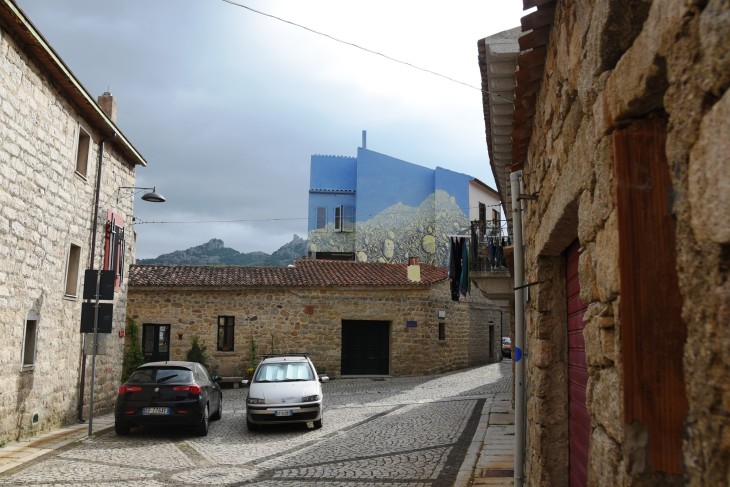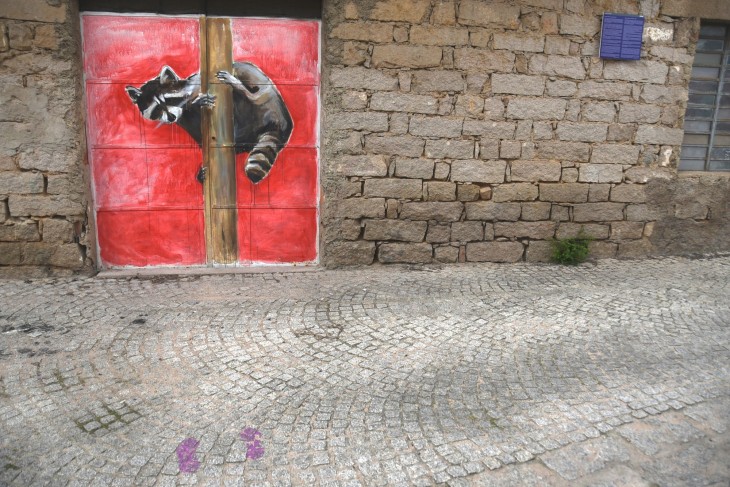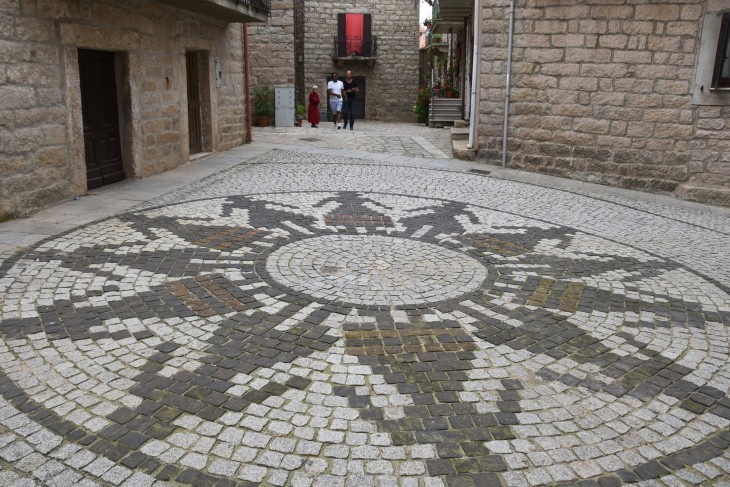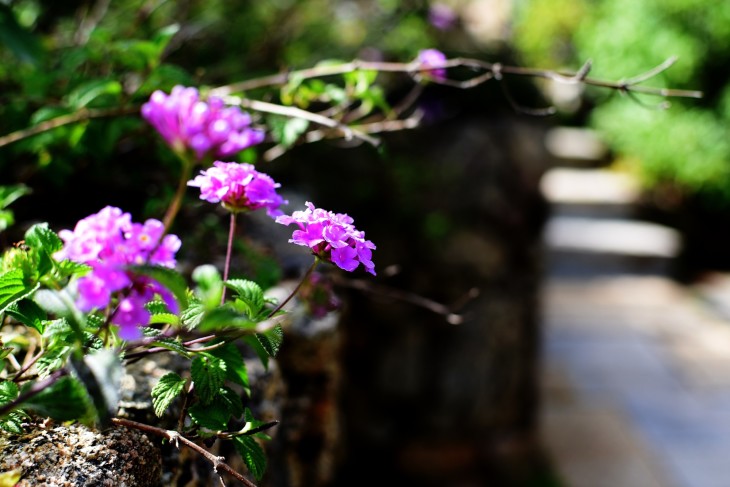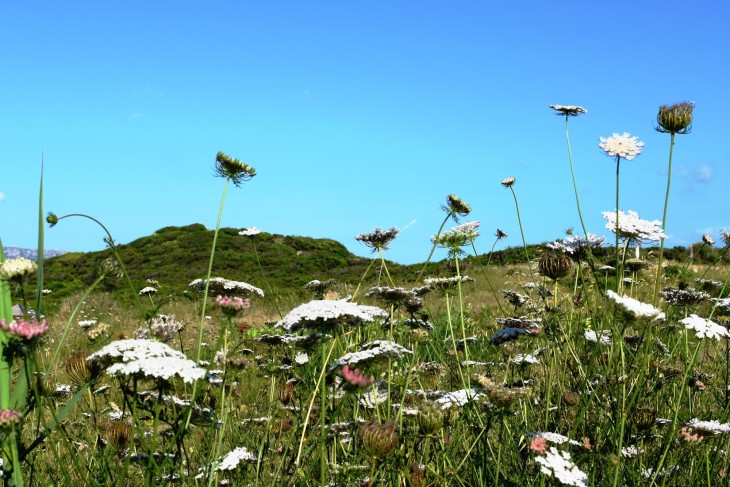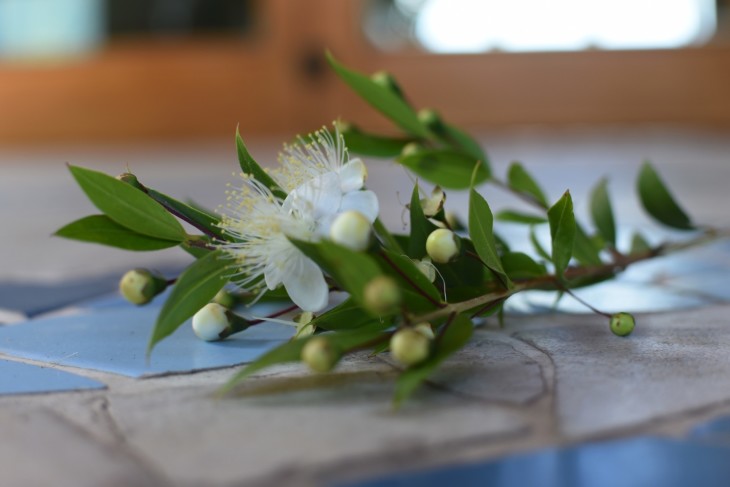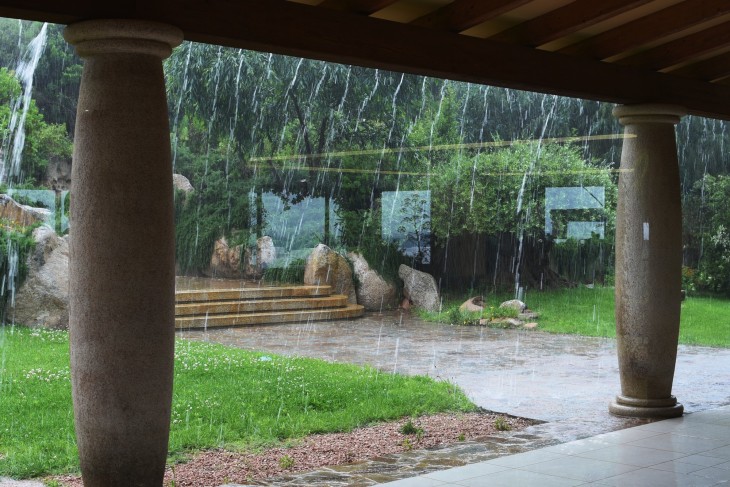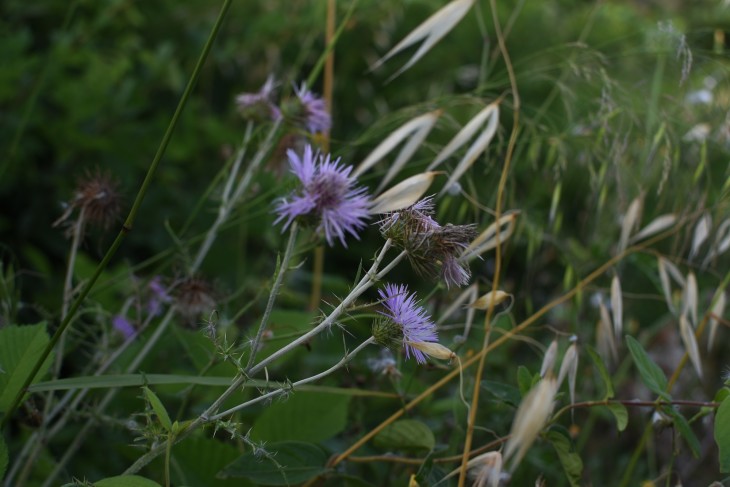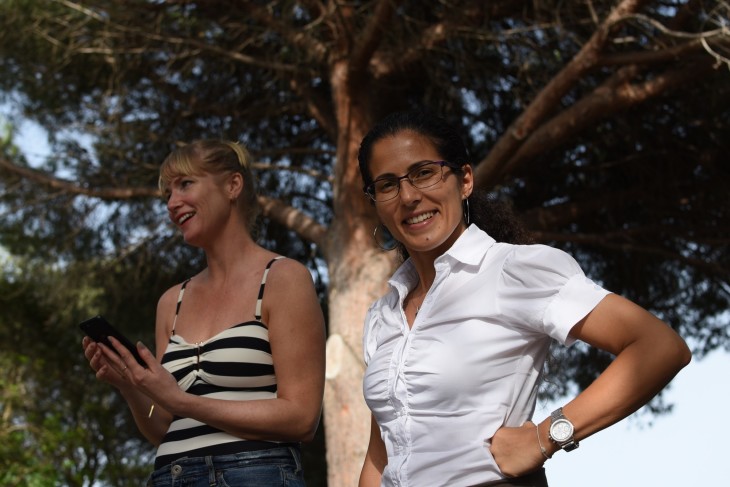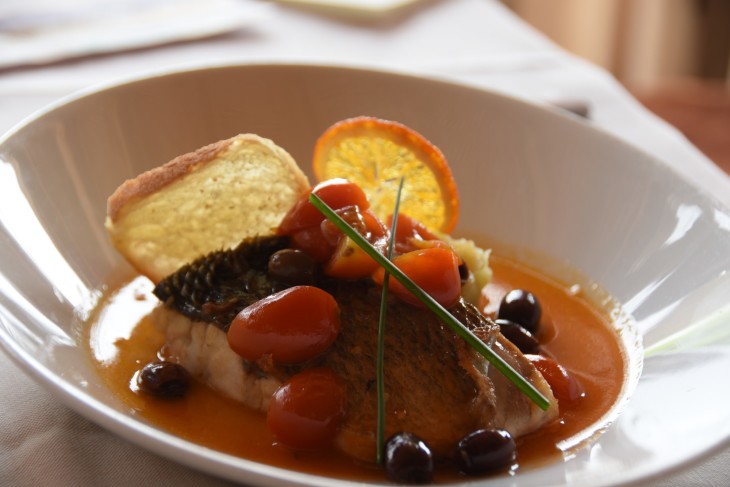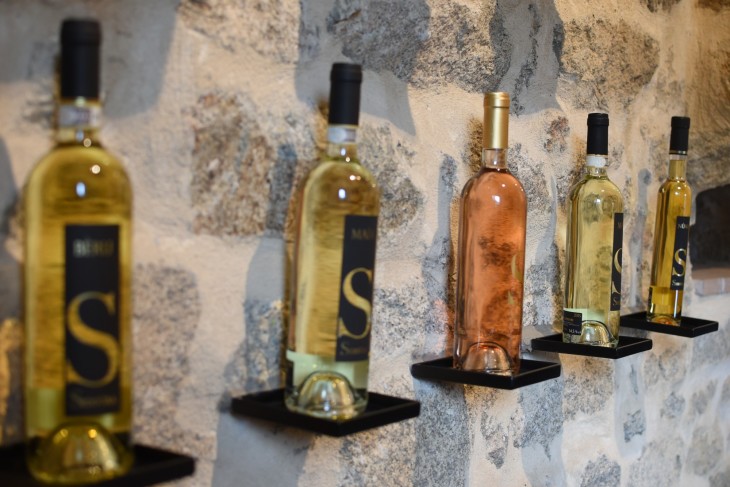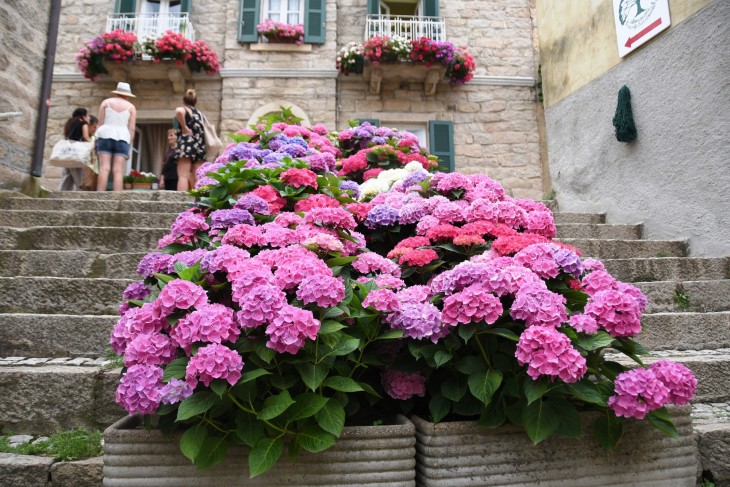MENTION Sardinia and most people will automatically respond with: “have you been to Porto Cervo?” This is the superyacht marina on the Costa Smeralda developed by the Aga Khan back in the 1960s and a magnet ever since for celebrities of all descriptions from the Clooneys to Barack Obama.
But for all that the marina hogs the limelight thanks to Twitter and Instagram, elsewhere Sardinia remains strangely untouched.
“The Smeralda coast is famous for rich celebrities parading alongside the marina but there’s another Sardinia away from the glitz which offers a unique living environment,” says Linda Travella, who runs an English estate agency selling property on the island. That’s a nice way of summing up all that Sardinia offers in an age obsessed with wellness – and the part that the environment plays in it. Take a drive across the Sardinian countryside and you will soon forget all about celebs and superyachts. The landscape is rugged, almost wilderness in parts, rocky outcrops sprout here and there amid fields populated by contented white cattle.
The endless vistas of herb coated hills dotted with olives, oak and cork, the acres of wild flowers, the crystal clear waters are visible proof of the health of this island.
Among the excursions to take is to the ancient stone village Aggius, in the heart of Gallura. Here you will find a series of wall paintings made by local women as an ad hoc measure to attract visitors.
The town is famed for its choir, a museum devoted to the history of bandits and amazing mosaic streets.
Part of the reason that Sardinia has preserved its pristine environment and remains oddly undeveloped for a key Mediterranean island is that in 2006 its regional government killed off plans for a huge coastal development by ring fencing much of its coastline. The assembly banned all construction within a mile of the Mediterranean, scuppering plans for a tourist complex that Paolo Berlusconi, the younger brother of former Italian prime minister Silvio, hoped to build. Silvio Berlusconi is renowned for the bunga bunga parties that he held at his glitzy Sardinian villa (one of many) on the Costa Smeralda which boasts a Roman-style amphitheatre and five swimming pools. Nothing could be further from the vast complex of ‘glamorous’ resort hotels envisaged by Paolo than the Delphina collection in northern Sardinia. Unpretentious and discrete, the eight 4 and 5 star hotels in the portfolio scattered across include Valle Dell’Erica, their flagship resort.
Located near Santa Teresa Gallura, overlooking La Maddalena, now a national park, and the Straits of Bonifacio, an international marine park, the resort has two hotels, Erica and La Licciola, set in a private park of 28 hectares surrounded by a succession of natural dunes, white sandy bays and beaches.
Respecting the integrity of the original owner of the land, Anton Paolo Vincentelli, the Delphina group modernised the original resort with the idea of barefoot luxury in mind; it is as informal and natural as a 5 star brand can allow.
Since my visit last June, Delphina has won the 2018 P.E.A. (People, Environment, Achievement) Travel award for pioneering sustainable and environmentally conscious initiatives.
There is a fine line between luxury tourism and sustainability. Cross it and repeat visits fall. But as the P.E.A judge and founder of the award Jarvis Smith commented: “Millions of travellers want to know how they can enjoy their holidays guilt free – going to Delphina hotels in Sardinia they now can.”
Delphina is the first Italian hotel group to use entirely green and renewable energy across their portfolio. The family run business has also has embraced numerous other ways of protecting the natural environment, including ecological waste disposal, eco and bio-friendly spa and cleaning products, the automatic shutdown of lights and air conditioning in most of the rooms, and electric buggies to take guests around resorts. The most visible aspect of the environmental commitment are the natural plantings adopted in lieu of the ubiquitous imported palms (many now diseased – a disaster that was waiting happen) manicured lawns and strident bedding plants. At Valle dell’Erica as elsewhere throughout the Delphina portfolio, plants are almost exclusively native species, with an abundance of wild herbs scenting the air day and night.
“Local hospitality and traditions, a healthy lifestyle and environment and respect for our surroundings are the building blocks of our brand and permeate every aspect of what we do,” says Tamara Amadu, marketing manager.
Which brings me onto the food. It is singularity delicious throughout the resort’s many restaurants including the Nautalus, and Li Ciusoni, set in an oak grove, but if I had to single out one, it would be Les Bouches with its panoramic terrace overlooking the Straits of Bonifacio and the islands of the Corsican Archipelago where the best of Sardinian ingredients and recipes leave you wondering how so much taste can be packed into a single meal.
The Sardinians claim that the secret to long life is – of all things – red wine and cheese, or to be precise Pecorino cheese. It was the view of many Sardinians we met and if it is good enough for them, why argue? Moreover they back up the claim by pointing to the “Blue Zone” theory. Sardinia is, according to author Dan Buettner, one of just five places in the world with a record number of centarians. They inhabit a cluster of villages in Nouro province and it was here that the first study on the high number of men aged above 100 was undertaken, with the researchers drawing blue circles on the map which led to the appellation Blue Zone, now trademarked by Buettner.
The Blue Zone research has been used to sell, in particular, diets and dietary products. A modern obsession with longevity ignores the obvious problem that tourists cannot really expect to live to 100 by visiting somewhere for a few weeks a year. But don’t let this put you off. With Ryanair and easyJet services running throughout the year from Stansted, Gatwick, Luton Nottingham, Liverpool and Dublin to Alghero, Olbia and Cagliari Sardinia is no longer just a summer destination. But the cognoscenti would almost certainly tell you that May and June, when the island is in full bloom, must be considered the most attractive months to enjoy this living environment.
